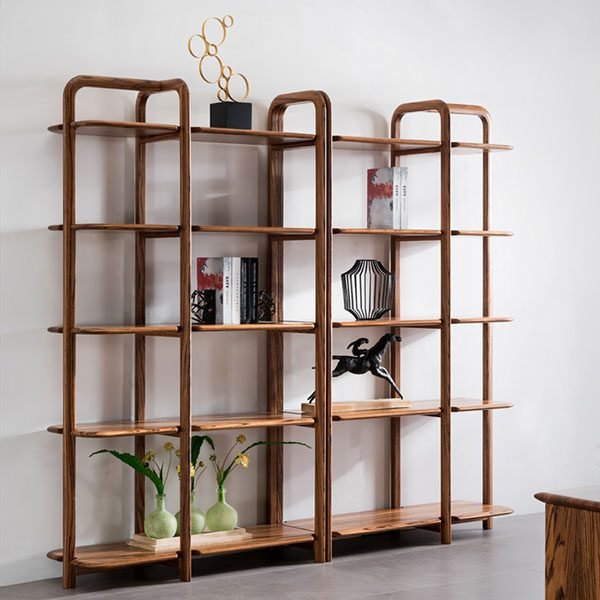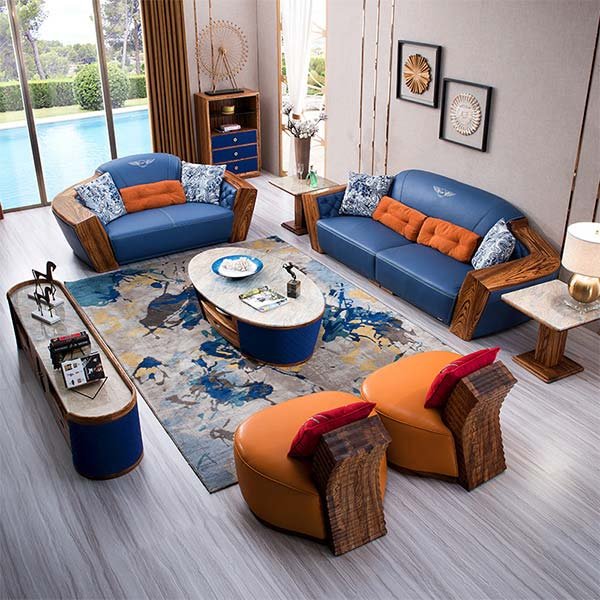“Arrange with care, create a cozy lair.”
Arranging Furniture for a Small Bedroom
Arranging furniture in a small bedroom can be a challenging task, but with the right approach, you can make the most of the space you have. One of the key principles to keep in mind when arranging furniture in a small bedroom is to maximize the use of vertical space. This means utilizing wall-mounted shelves, hanging organizers, and tall dressers to make the most of the available space.
Another important consideration when arranging furniture in a small bedroom is to prioritize the essentials. This means focusing on the most important pieces of furniture, such as the bed, dresser, and nightstand, and making sure they are placed in a way that allows for easy movement around the room. It’s also important to consider the flow of the room and ensure that there is enough space to move around comfortably.
When arranging furniture in a small bedroom, it’s important to think about the placement of the bed. In a small space, it’s best to place the bed against a wall to free up floor space and create a more open feel. If possible, try to position the bed in a corner to maximize space and create a cozy nook for sleeping.
In addition to the bed, it’s important to consider the placement of other furniture pieces, such as dressers and nightstands. When arranging furniture in a small bedroom, it’s best to keep these pieces to a minimum to avoid cluttering the space. Consider using multi-functional furniture, such as a dresser that doubles as a nightstand, to maximize space and reduce the need for additional pieces.
When arranging furniture in a small bedroom, it’s also important to consider the use of mirrors to create the illusion of more space. Placing a large mirror on one wall can help to reflect light and make the room feel larger and more open. Additionally, using light-colored furniture and bedding can help to brighten the space and create a more airy feel.
In conclusion, arranging furniture in a small bedroom requires careful planning and consideration of the available space. By maximizing vertical space, prioritizing essentials, and using multi-functional furniture, you can create a functional and stylish bedroom that feels spacious and inviting. Remember to keep the flow of the room in mind and use mirrors and light colors to create the illusion of more space. With these tips in mind, you can make the most of your small bedroom and create a cozy retreat that meets all of your needs.
Creating a Cozy and Inviting Bedroom Layout
When it comes to creating a cozy and inviting bedroom layout, the way you arrange your furniture can make a big difference. A well-thought-out layout can not only maximize the space in your bedroom but also create a relaxing and comfortable atmosphere. In this article, we will discuss some tips and tricks for laying out furniture in a bedroom to achieve the perfect balance of style and functionality.
One of the first things to consider when laying out furniture in a bedroom is the size and shape of the room. It’s important to take measurements and create a floor plan to determine the best placement for your furniture. Start by identifying the focal point of the room, whether it’s a bed, a window, or a piece of artwork. This will help you determine the best layout for the rest of the furniture in the room.
Once you have identified the focal point, it’s time to start arranging the furniture. Start by placing the largest piece of furniture, usually the bed, against the longest wall in the room. This will create a sense of balance and symmetry in the space. If you have a small bedroom, consider using a platform bed or a bed with storage to maximize space.
Next, consider the placement of other key pieces of furniture, such as nightstands, dressers, and chairs. Nightstands should be placed on either side of the bed for convenience and symmetry. Dressers can be placed against a wall or in a corner to maximize space. Chairs or benches can be placed at the foot of the bed for added seating or storage.
When arranging furniture in a bedroom, it’s important to leave enough space for easy movement around the room. Avoid overcrowding the space with too much furniture, as this can make the room feel cramped and cluttered. Leave at least 2 feet of space between furniture pieces to allow for easy navigation.
In addition to the layout of the furniture, consider the overall style and design of the room. Choose furniture pieces that complement each other in terms of style, color, and material. Consider adding decorative elements such as throw pillows, rugs, and artwork to enhance the overall look of the room.
Another important factor to consider when laying out furniture in a bedroom is lighting. Make sure to place lamps or overhead lighting in strategic locations to create a warm and inviting atmosphere. Consider using dimmer switches to adjust the lighting levels according to your mood.
In conclusion, creating a cozy and inviting bedroom layout is all about finding the right balance between style and functionality. By carefully planning the layout of your furniture, considering the size and shape of the room, and paying attention to details such as lighting and decor, you can create a bedroom that is both comfortable and aesthetically pleasing. So take the time to plan your layout carefully and create a space that you will love spending time in.
Maximizing Space in a Master Bedroom
When it comes to maximizing space in a master bedroom, the layout of furniture plays a crucial role. A well-thought-out arrangement can make a small room feel more spacious and organized, while also enhancing the overall aesthetic of the space.
One of the key principles to keep in mind when laying out furniture in a master bedroom is to prioritize functionality. Start by assessing the size and shape of the room, as well as the location of windows, doors, and any built-in features such as closets or alcoves. This will help you determine the best placement for each piece of furniture to ensure easy access and efficient use of space.
When it comes to the bed, consider placing it against a wall to free up floor space and create a more open feel in the room. If space allows, a king or queen-sized bed can serve as a focal point, while smaller rooms may benefit from a platform or storage bed to maximize storage options.
In addition to the bed, nightstands are essential for providing convenient storage and surface space for bedside essentials. Opt for slim, streamlined designs to avoid cluttering the room and ensure easy access to the bed.
To further maximize space in a master bedroom, consider incorporating multi-functional furniture pieces such as a dresser with a built-in mirror or a storage bench at the foot of the bed. These versatile pieces can serve multiple purposes while also adding visual interest to the room.
When arranging furniture in a master bedroom, it’s important to maintain a sense of balance and symmetry to create a harmonious and cohesive look. Consider placing matching nightstands on either side of the bed, or balancing a large piece of furniture such as a dresser with a smaller accent piece such as a chair or ottoman.
Incorporating vertical storage solutions such as wall-mounted shelves or hanging organizers can also help maximize space in a master bedroom. These options can provide additional storage without taking up valuable floor space, making them ideal for small or awkwardly shaped rooms.
When it comes to selecting furniture for a master bedroom, opt for pieces that are appropriately scaled to the size of the room. Oversized furniture can overwhelm a small space, while undersized pieces can make the room feel sparse and unbalanced. Consider measuring the room and creating a floor plan to ensure that each piece of furniture fits comfortably within the space.
In conclusion, maximizing space in a master bedroom requires careful consideration of furniture layout and selection. By prioritizing functionality, maintaining balance and symmetry, and incorporating multi-functional storage solutions, you can create a stylish and efficient space that meets your needs and enhances your daily routine. With these tips in mind, you can transform your master bedroom into a comfortable and inviting retreat.
Заключение
Arrange furniture in a bedroom by considering the size and shape of the room, creating a focal point, allowing for easy movement, and balancing the layout for a harmonious and functional space.



